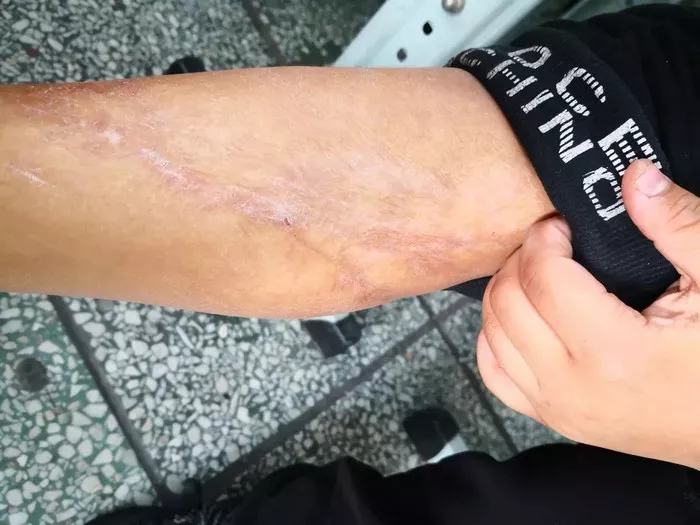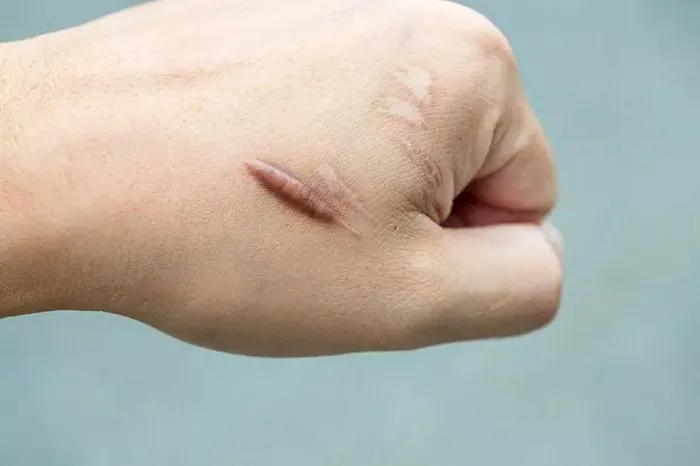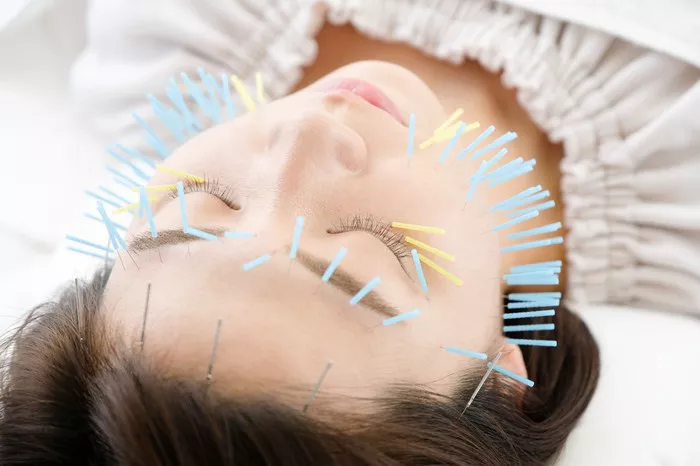Introduction:
Pitted scars are a common skin concern that can be caused by acne, injury, or surgery. These scars can be difficult to treat and can cause self-consciousness and low self-esteem. However, there are effective treatments available that can help to repair pitted scars and restore smooth and even skin. In this article, we will explore the causes of pitted scars and the best methods for repair.
What are Pitted Scars?
Pitted scars, also known as atrophic scars, are a type of scar that causes depressions or indentations in the skin. These scars are often caused by acne, injury, or surgery and can be difficult to treat. Pitted scars can be classified into three types: ice pick scars, boxcar scars, and rolling scars.
Ice Pick Scars: These scars are deep and narrow, resembling a small puncture in the skin.
Boxcar Scars: These scars are wider and shallower than ice pick scars, with a flat base and steep sides.
Rolling Scars: These scars have a wave-like appearance and are caused by damage to the skin’s subcutaneous tissue.
Causes of Pitted Scars:
Pitted scars can be caused by a variety of factors, including:
Acne: Acne is a common cause of pitted scars, especially in severe cases. When acne lesions penetrate deep into the skin, they can cause damage to the dermis, leading to pitted scars.
Injury: Injuries such as cuts, burns, and surgical incisions can cause pitted scars. The severity of the scar depends on the depth and size of the injury.
Genetics: Some individuals may be more prone to scarring than others due to genetics.
Aging: As we age, the skin’s collagen and elastin production decreases, leading to a loss of skin elasticity and the formation of pitted scars.
Effective Treatments for Pitted Scars:
There are several effective treatments available for repairing pitted scars, including:
Chemical Peels: Chemical peels involve the application of a chemical solution to the skin, which causes the top layer of skin to peel off. This can help to improve the appearance of pitted scars by promoting collagen production and smoothing out the skin’s surface.
Chemical peels are a popular and effective treatment for repairing pitted scars. They work by removing the top layer of skin, which stimulates the production of collagen and elastin, two proteins that are essential for healthy skin. Chemical peels can be performed in a dermatologist’s office or at home using over-the-counter products. There are several types of chemical peels available, including glycolic acid peels, salicylic acid peels, and trichloroacetic acid peels. The type of peel used will depend on the severity of the scars and the individual’s skin type.
Micro-Needling: Micro-needling involves the use of a device with small needles that puncture the skin. This can help to stimulate collagen production and improve the appearance of pitted scars.
Micro-needling is a minimally invasive treatment that can help to improve the appearance of pitted scars. It works by creating tiny punctures in the skin, which stimulates the production of collagen and elastin. This helps to smooth out the skin’s surface and reduce the appearance of scars. Micro-needling can be performed in a dermatologist’s office or at home using a derma roller. However, it is important to follow the instructions carefully to avoid damaging the skin.
Laser Resurfacing: Laser resurfacing involves the use of a laser to remove the top layer of skin. This can help to improve the appearance of pitted scars by promoting collagen production and smoothing out the skin’s surface.
Laser resurfacing is a popular treatment for repairing pitted scars. It works by using a laser to remove the top layer of skin, which stimulates the production of collagen and elastin. This helps to smooth out the skin’s surface and reduce the appearance of scars. Laser resurfacing can be performed in a dermatologist’s office and may require multiple sessions to achieve the desired results.
Dermal Fillers: Dermal fillers involve the injection of a substance, such as hyaluronic acid, into the skin to fill in pitted scars. This can help to improve the appearance of pitted scars by smoothing out the skin’s surface.
Dermal fillers are a non-surgical treatment option for repairing pitted scars. They work by injecting a substance, such as hyaluronic acid, into the skin to fill in the depressions caused by the scars. This helps to smooth out the skin’s surface and reduce the appearance of scars. Dermal fillers are a temporary solution and may need to be repeated every few months to maintain the results.
Subcision: Subcision involves the use of a needle to break up the scar tissue beneath the skin’s surface. This can help to stimulate collagen production and improve the appearance of pitted scars.
Subcision is a minimally invasive treatment for repairing pitted scars. It works by using a needle to break up the scar tissue beneath the skin’s surface, which stimulates the production of collagen and elastin. This helps to smooth out the skin’s surface and reduce the appearance of scars. Subcision can be performed in a dermatologist’s office and may require multiple sessions to achieve the desired results.
Punch Excision: Punch excision involves the removal of the scar tissue and the surrounding skin. This can help to improve the appearance of pitted scars by promoting collagen production and smoothing out the skin’s surface.
Punch excision is a surgical treatment for repairing pitted scars. It involves the removal of the scar tissue and the surrounding skin, which stimulates the production of collagen and elastin. This helps to smooth out the skin’s surface and reduce the appearance of scars. Punch excision is typically performed in a dermatologist’s office and may require a few weeks of recovery time.
Tips for Preventing Pitted Scars:
Here are some tips for preventing pitted scars:
Treat Acne Early: Early treatment of acne can help to prevent the development of pitted scars. Consult with a dermatologist to determine the best treatment plan for your acne.
Protect Your Skin: Protect your skin from injury by wearing protective clothing and using sunscreen to prevent sun damage.
Avoid Picking at Scabs: Picking at scabs can lead to scarring. Allow scabs to heal naturally and avoid picking at them.
Keep Your Skin Moisturized: Moisturizing your skin can help to improve its elasticity and prevent the development of pitted scars.
Conclusion:
In conclusion, pitted scars can be a frustrating and difficult skin concern to treat. However, there are effective treatments available that can help to repair pitted scars and restore smooth and even skin. Understanding the causes of pitted scars and taking steps to prevent them can also help to reduce the likelihood of developing these scars in the future. Consult with a dermatologist to determine the best treatment plan for your pitted scars and to learn more about how to prevent them. With the right approach, you can achieve smooth and even skin and regain your confidence.
[inline_related_posts title=”You Might Be Interested In” title_align=”left” style=”list” number=”6″ align=”none” ids=”4311,4308,4298″ by=”categories” orderby=”rand” order=”DESC” hide_thumb=”no” thumb_right=”no” views=”no” date=”yes” grid_columns=”2″ post_type=”” tax=””]

































